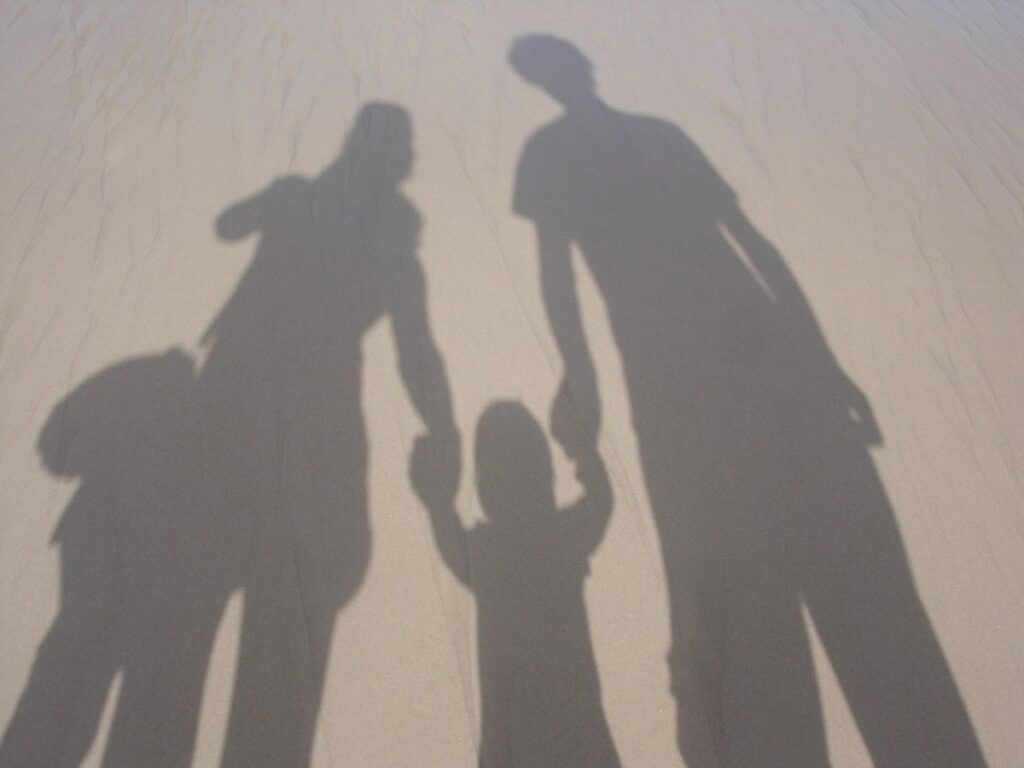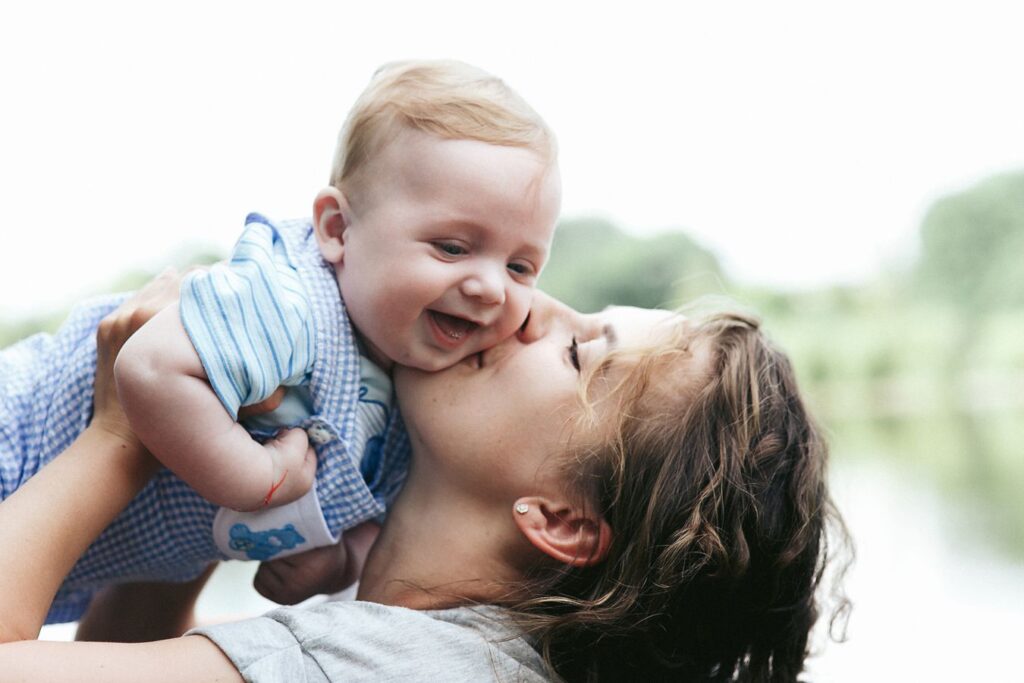As an individual, we would have read about the term “growth and development” several times and would have heard about the elements involved in it. But what this term stands for and what defines it? Does it have similar meanings or have separate definitions?
Well, yes it is. Growth and development are not the same and similar as it looks, but are different. They are inseparable from different concepts. Growth generally refers to a change or getting bigger or larger which happens in an individual like height, size of a person, or weight. It’s a physical change in the human body. Meanwhile, development at its core is a process or a change that takes place in form of structure, shape, or functions physically and mentally. It’s quantitative & qualitative. Here will see the difference between development and growth and how it applies to our lives in general.
When we talk about growth and development we see it as a process. They both are correlated and dependent on each other. Growth is part of development but limited to physical changes. Development is the progression in life that enhances an individual socially, physically, mentally, and emotionally, which takes place over some time. It involves different things in a human being, from getting birth and becoming adult, we develop and grow which is quite a noticeable and thought full process of life.
Table of Contents
What is Growth?
It’s a measurable parameter. It means physical change which occurs in a person like weight or height. It’s a visible change that can be seen from the naked eye and very well noticeable by others. But it only concentrates on quantitative changes but is limited for only a period and stops at a certain stage and age of a person. Growth is majorly a biological factor in the human body and depends on genetics, nutrition, and environmental factors.
What is Development?
It’s a qualitative and quantitative change in a person. It shows overall changes in a person like skills, activities, personality, and intellectual level but can’t be measured. It’s an internal change and cannot be seen but can be evaluated through various training programs, which will help to understand and see changes in their behavior and skills and never stops it’s a lifelong process
Difference between Growth and Development:

Growth and development don’t appear to be something comparative; in any case, they are associated.
Growth shows physical changes and effects in a human being whereas development affects mental characteristics like emotions, skills, intelligence, personality, etc.
Growth is a biological factor in any living organism, visible and noticeable through the naked eye. Depends on one’s genetics and nutrition. On the other hand, development is an organizational conversion of a person. Hence it depends on the surroundings and environment he/she lives.
Growth is for a limited period and stops at a certain age and time. Whereas development never stops and keep continues throughout life.
Growth is an external change noticeable in one’s physical appearance. Contrary development happens internally and is the noticeable thorough evaluation process.
Growth is a measurable factor in a person whereas development is qualitative and quantitative.
As one grows and shows some physical changes in a person like height, weight, and length. Whereas development refers to a change in one’s personality, skills, and intellectual level.
How to determine growth and development:
There are many ways of checking growth. The most familiar way is the use of a scale or a ruler and checking one’s progress. But can also be done in the following ways:
BMI:
Body Mass Index. It measures the body weight to height ratio. Is used to check the fat percentage in a body and to see whether that person is living a healthy life or not.
Dental assessment:
Assessing the growth in the human body is best done with DAA (Dental Age Assessment). It’s the most reliable and widely used method to check the birth, age, and death of a person. This is achieved simply by doing some mathematical analysis to determine the age and the growth process.
Head circumference:
Head circumference places a very important role in assessing growth, it reflects the brain growth in a child is normal or not, especially till the age of three. It is measured by placing a tap above the eyebrows and ears and around the back of the head.
First-year 75% of the brain is developed of its adult size, till the age of three 80% and 90% till 7years.
Length or height:
Height or length is also another factor for accessing growth. And there are other factors too that affect the height of a person like genes, nutrition, and general health. But the fastest growth happens before birth when the baby grows from 0 to 50cm in nine months. After the speed falls and grows 5.5cm per year till the age of eight, then again it speeds up at the age of puberty where boys grow at a faster rate than girls.
Growth may end but development never ceases to stop it keeps on developing. Especially at the adolescence stage the growth stops but development never stops. Each stage has new opportunities and challenges to face:
Infancy:

This stage is the most crucial of all where all the rapid changes. During this period rapid physical growth with cognitive and emotional development takes place. Major signs of development of motor skills happen to like sitting, standing, and walking followed by problem-solving and other cognitive abilities are seen.
Read: Baby Lullabies
Early and late childhood:
During this stage, fine motor skills and self-help skills develop. The most common ones are self-identity and self-independent existence. Where one learns the feeding behavior, dressing, questioning, etc.
Adolescence:
It’s a transition phase in one`s life where one enters from childhood to puberty to adulthood. It’s mostly associated with the teenage years when major physical, psychological, or cultural changes happen. The phase generally lies between the ages of 10-19 years. This affects their thinking feeling and interaction with the world.
The significance of growth and development:
Growth and development is a life-long process that happens throughout the phase of life. It starts from conception to death. During this one learns new skills and acquires knowledge to live a better and quality life. We can’t only restrict the growth to biological and physical development. Social-emotional developments happen too. It helps one to transform the better version of them by learning new skills, improving their mental health, and growing themselves as a successful individual. It is also important in developing and the continuity of human beings and maintaining a balance between all living beings.
Must Read: Parenting Styles
Factors that affect growth and development:
One must consider the factors that are connected to growth and development. It’s important for developing an understanding of what helps the one to achieve healthy growth and the development:
- Heredity
- Nutrition
- Gender
- Exercise
- Hormonal changes
- Environment
Growth and development in terms of Psychology:
The term psychology is defined as the scientific study of the mind and behavior. The human body is a very complex system that keeps on evolving. This includes how they grow and develop with time.
The term growth in the field of psychology defines “the physical change that a particular individual undergoes” and the term development “the overall growth of humans throughout their life span”. It includes why development happens in people which brings a change in physical growth, intellectually, emotionally, and socially. The development follows a pattern it`s not an overnight change that happens in an individual, it takes time and effort just like the growth process.
So growth has more of a physical aspect in life compared the development which has more of a mental and emotional one. But they both are very much co-related to each other. If one has good physical qualities then the mental health will also be above the average of that person.
Theories related to growth and development:
Human development is rich and a very variable subject. We all have personal experiences related to our growth and development. But sometimes it gets a bit difficult in making them understand of it that how people grow, act and learn in their lives.
To get some more good understanding we should look into some theories related to it.
Freud’s Psychosexual development theory:
Sigmund Freud‘s theory states that childhood desires that are unconscious along with the experiences he/she goes through are influenced by behavior. As per Freud’s theory of psychosexuality, many stages take place during a child’s development which happens in various pleasure areas of the body that a child encounters with a conflict that has a very significant role in his or her developmental stages.
He suggested that the energy of the libido was fixated on different erogenous areas at specific stages. If for instance, a child is unable to pass through that stage it can result in the child being fixed at that point in development, which according to Freud will have an important impact on his later stages of life.
Some questions that arise from this theory are what will become of the child upon completion of each stage and what is the impact when a child is performing badly during that stage of development.
The successful completion of every stage will lead to healthy adult behavior.
If it fails to solve the conflicts which are happening at any particular stage may result in fixation. Which will then influence his/her behavior as she becomes an adult.
Other theories related to child development say that personality may continue to evolve and will grow over some time. But Freud observed that what one experiences at an early stage plays the most important role in the development. As per Freud, the personality starts to develop at a very early stage of one’s life when he/she is the age of five.
Conclusion:
Continuous change is the rule of life. When growth stops at the end of the adolescence stage it does not mean it’s the end of development. Development of physical growth and skills and the mental process keep happening for many years. Even in the middle of age, it won’t stop but instead would hinder development. Subsequently, a process of involution begins. Like growth in childhood, it will affect different tissues and structures of the body at various rates. One stops and the other takes the lead and the life goes on it never stops. The process only stops when life stops!













